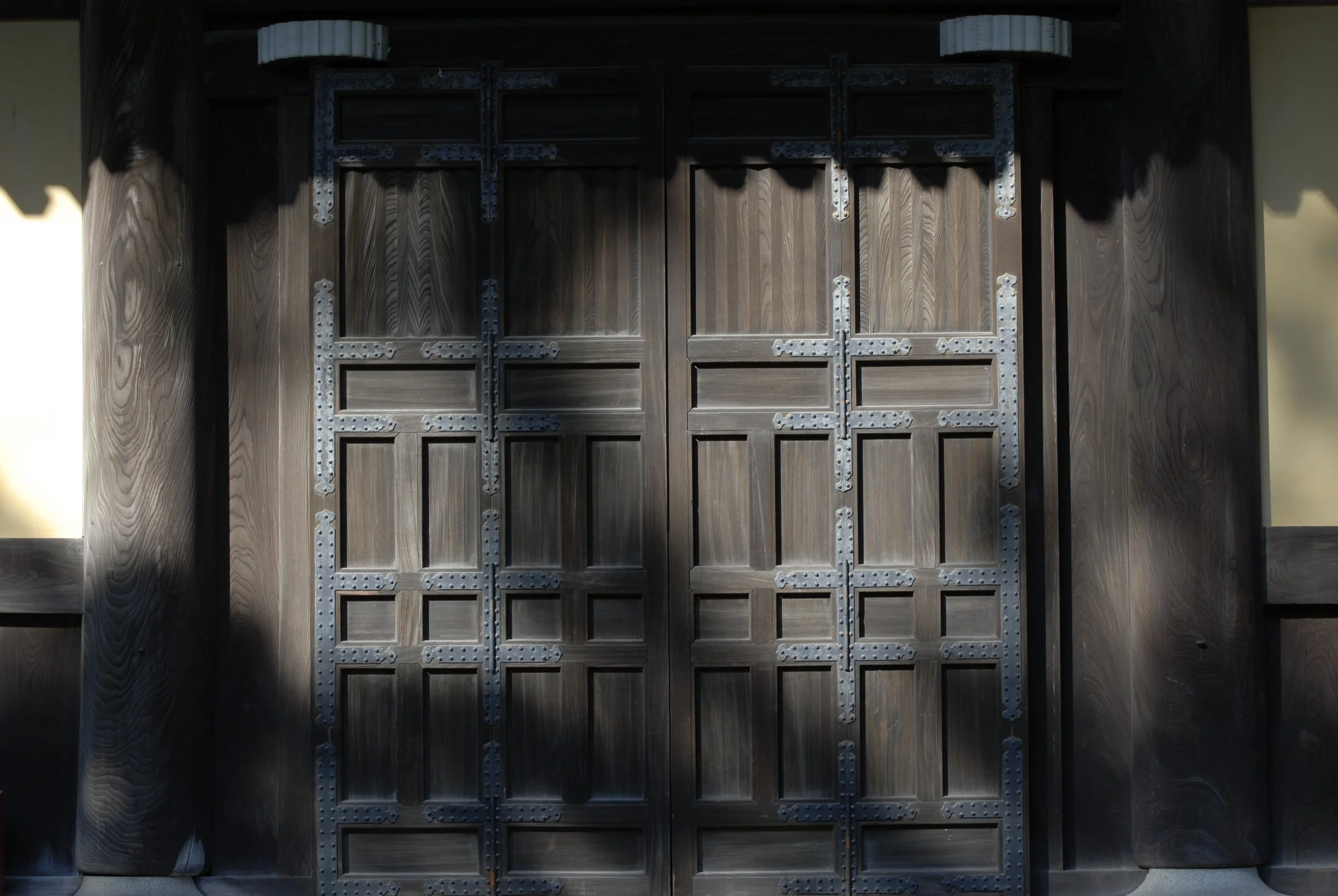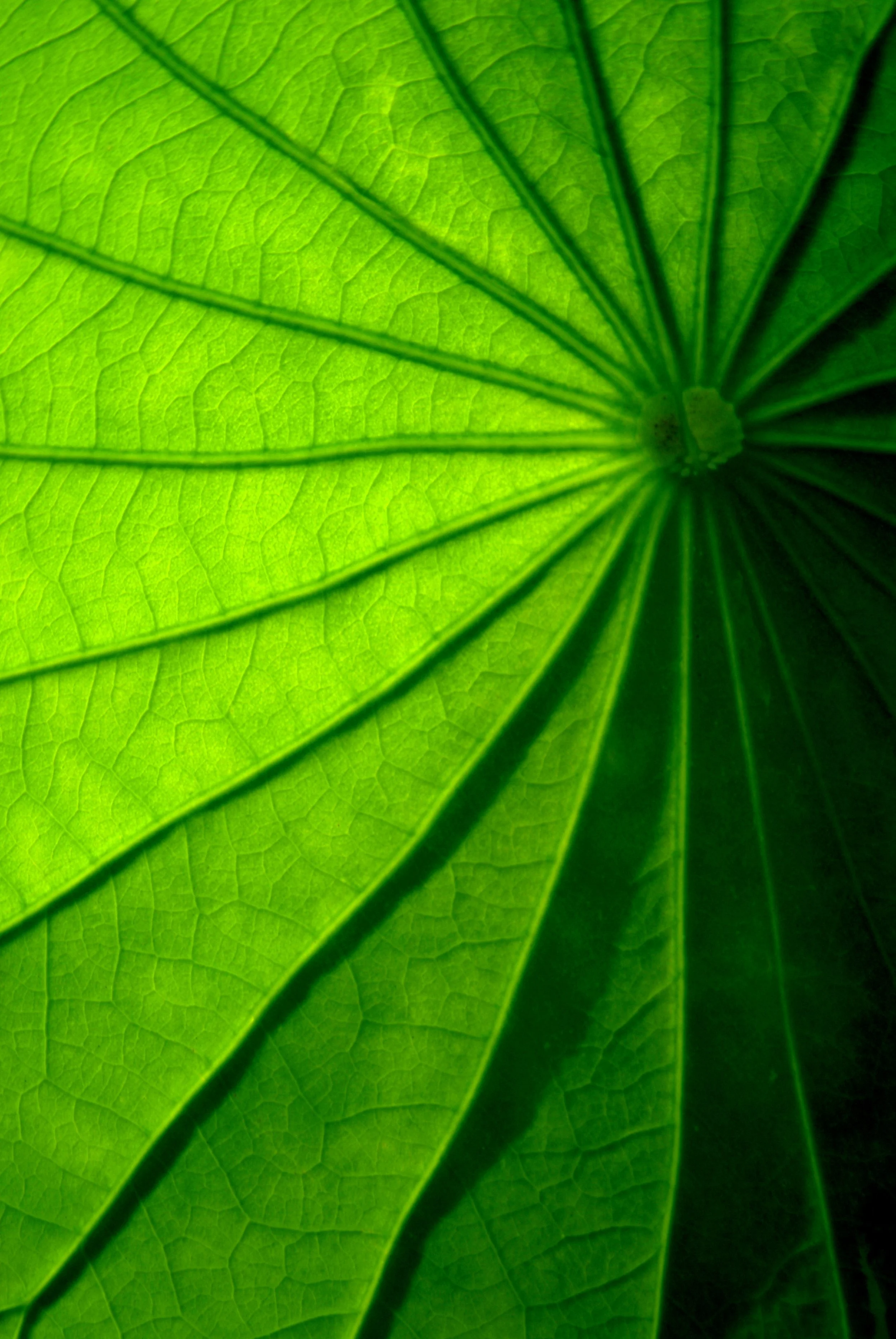In Praise of Shadows
Experiencing Kyoto’s Play of Light and Depth
When visitors think of Kyoto, images of temples, crimson leaves, and lantern-lit streets often come to mind. Yet one of the city’s most subtle and enduring cultural treasures is not color, but shadow.
The Japanese aesthetic of in’ei (陰翳)—the appreciation of darkness, depth, and the spaces between—shapes Kyoto’s architecture, gardens, and even its daily rituals.
In 1933, novelist Jun’ichiro Tanizaki wrote his classic essay In’ei Raisan (In Praise of Shadows), a meditation on the beauty of dimness and obscurity. Tanizaki lamented the arrival of Western electric lighting, which flooded Japan with brightness and erased the half-tones of traditional spaces.
For him, lacquer bowls glowed deepest in a candlelit room; a paper lantern revealed its charm only when its light was muted. Shadows gave architecture its mystery and dignity. He argued that beauty in Japan was not found in stark clarity, but in suggestion—in what is half-seen, half-felt.
Tanizaki’s ideas resonate strongly with Kyoto, where temples, teahouses, and wooden townhouses still preserve environments shaped by shadow. His essay is more than nostalgia—it is a cultural lens, reminding us that Japanese aesthetics often prize ambiguity over clarity, restraint over exposure, and depth over surface.
Kyoto remains one of the best places to experience what Tanizaki described. Step into a machiya townhouse at dusk: the glow filtering through paper shoji screens creates an atmosphere both humble and profound. Visit a Zen garden as twilight falls, and the stones and raked gravel shift into abstraction as shadows stretch across the surface. It is in these moments, when light is subdued, that Kyoto’s spirit reveals itself most deeply.
Recommended Night-time Illuminations in Kyoto
: Nov. 15–Dec. 10; 17:30–20:30 (doors close at 21:00); ¥700; Kyoto City Bus #5, Nanzen-ji/Eikando-michi stop; Renowned since ancient times as one of Kyoto’s best maple-viewing spots, around 3,000 maple trees adorn its stroll garden with a pond, highlighting landmarks such as the Tahoto Pagoda and the Mieido Hall in vibrant hues.
Shoren-in Temple 青蓮院: Nov. 7–Dec. 7; 18:00–22:00; ¥1,000; Kyoto City Bus #5, Jingu-michi stop; Shoren-in hosts an artistic illumination across its grounds. Visitors can admire the elegance of maple leaves glowing in the light while walking through its stroll garden. The great camphor trees and the bamboo grove are also lit up in a dreamlike display.
Kiyomizu Temple 清水寺: Nov. 22–Dec. 7; 17:30–21:00; ¥500; Kyoto City Bus #206, Gojo-zaka stop; The temple’s main hall overlooks a hillside blanketed in brilliant maples. Adding to the spectacle is the Light of Kannon’s Compassion—a blue searchlight symbolizing the mercy of the temple’s principal deity, the Kannon Bodhisattva.
To-ji Temple 東寺: Nov. 1–Dec. 14; 18:00–21:30; ¥1,000; A 15-min walk from Kyoto Station; A UNESCO World Heritage Site, To-ji was granted to Kobo Daishi Kukai by Emperor Saga in 823. The area around the iconic five-story pagoda is dyed crimson, with reflections shimmering on Hyotan Pond—an unforgettable sight.
Kitano Tenmangu Shrine 北野天満宮: Nov. 1–Dec. 7; Sunset–20:00 (last entry 19:40); ¥1,200 (with tea and sweet); The Odoi earthen embankments built around Kyoto by Hideyoshi Toyotomi are illuminated after sunset, allowing visitors to stroll among maple trees glowing in the light.




